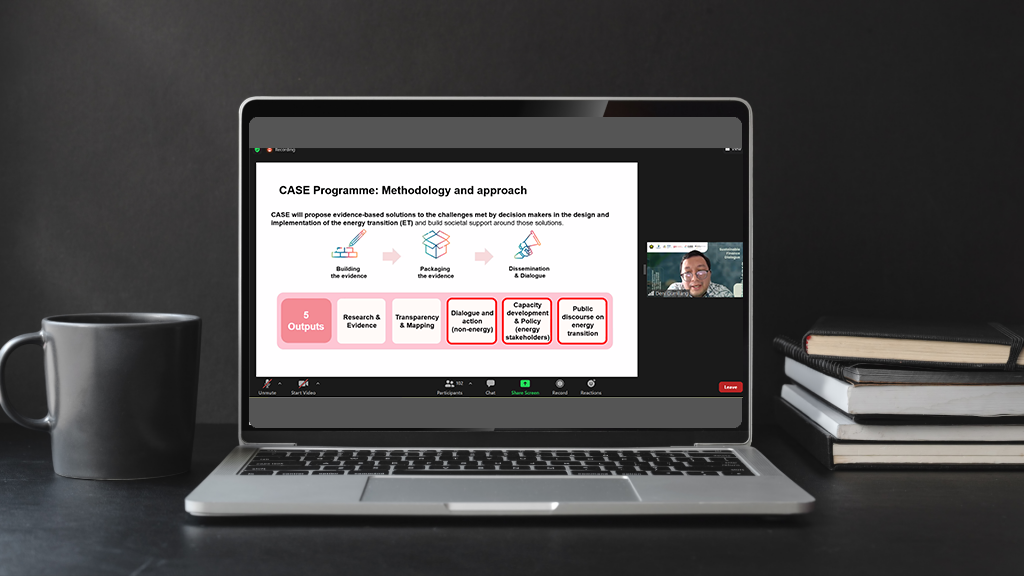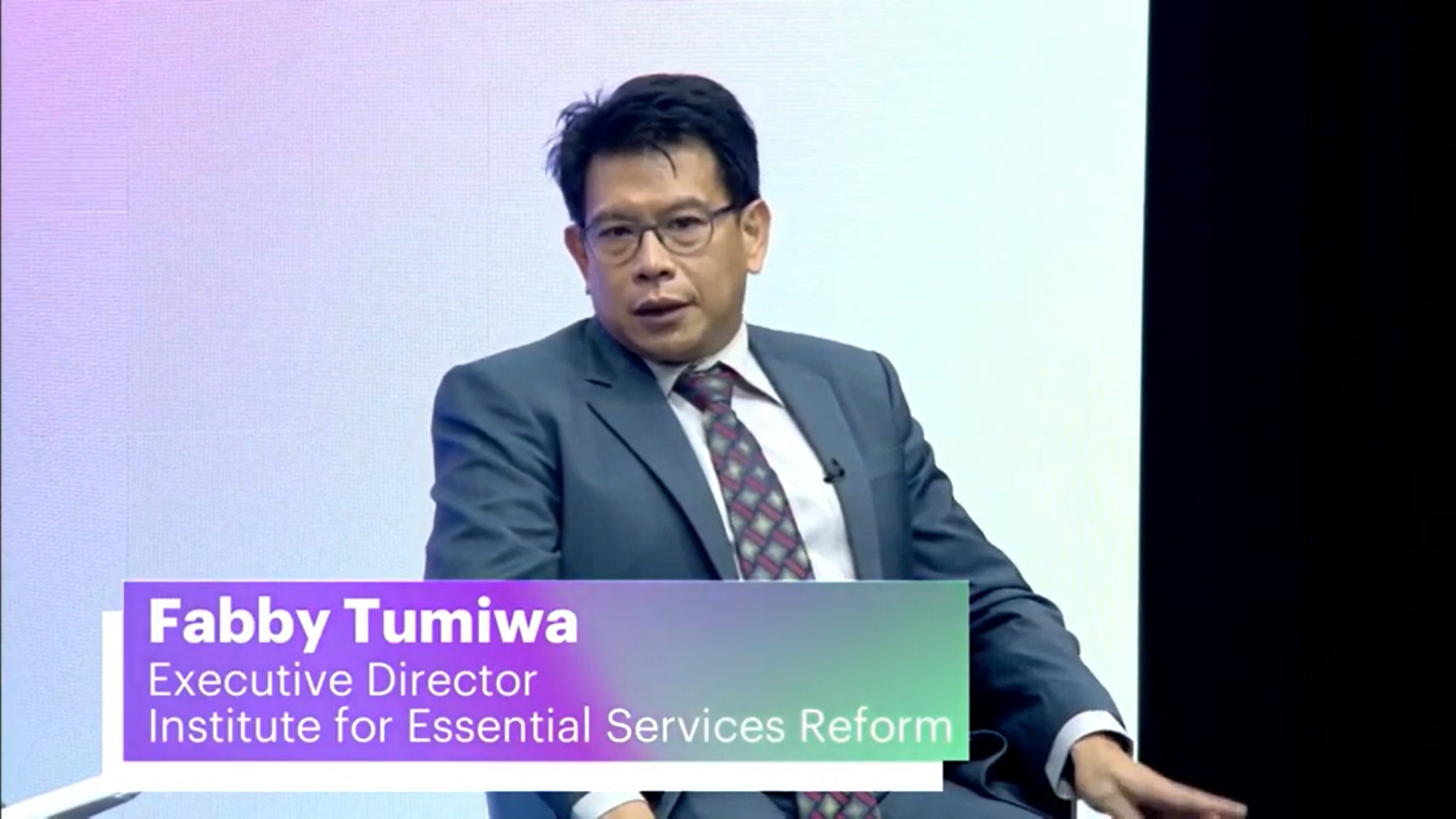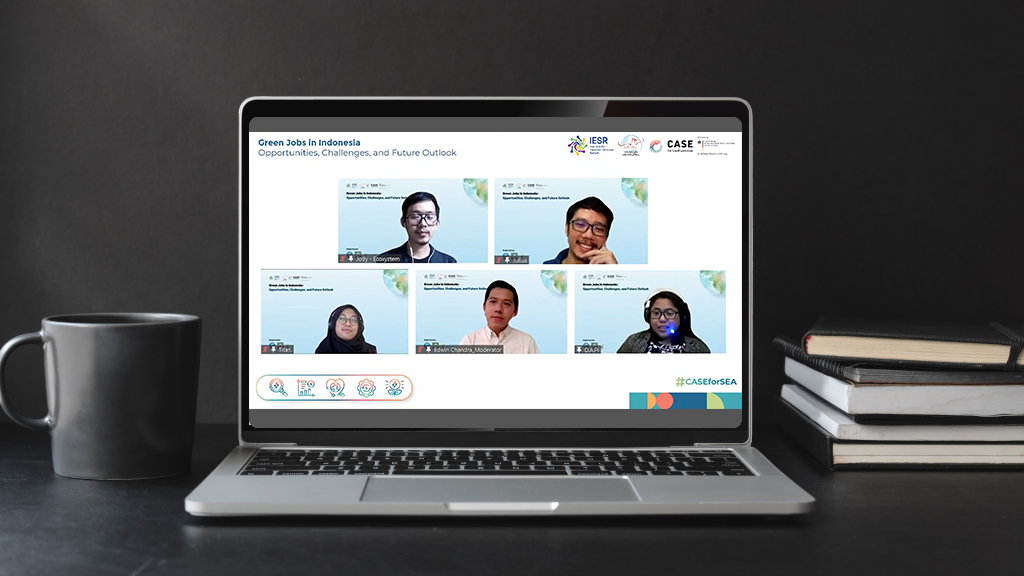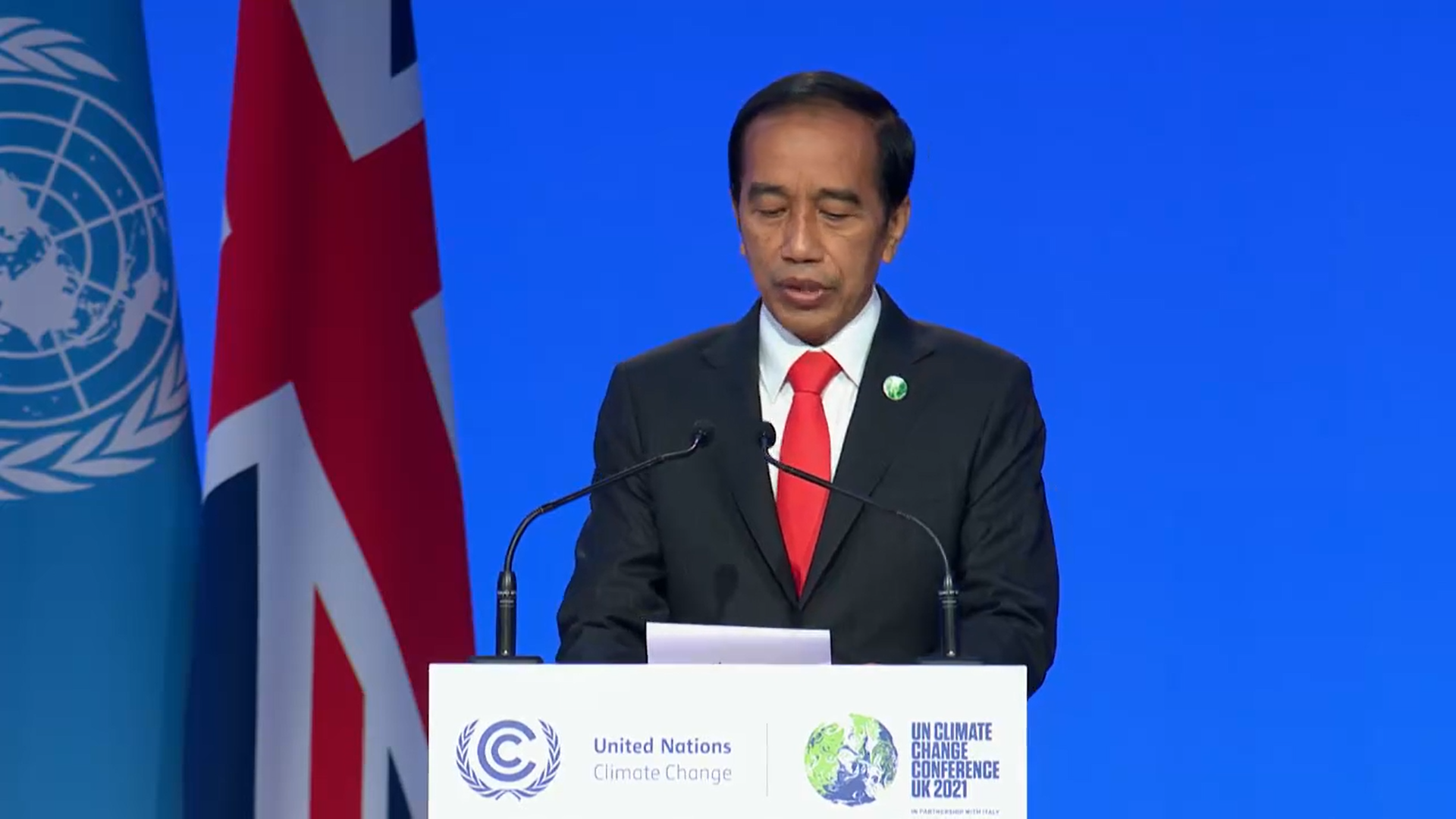
Indonesia Needs to Catch the Opportunity to Finance Transition
Jakarta, 22 Nov 2021 – As the COP-26 wrapped up a few weeks ago, more discussions about “what’s the next follow-up action?” are being conducted to k... Read more.

Indonesia’s Energy Transition Financing Needs to be Calculated Carefully
Jakarta, 24 November 2021 – The transition to clean energy is a necessity. The development of clean energy technology makes the price of electricity from ... Read more.

Collaboration of all parties is needed to ensure the implementation of the Glasgow Climate Pact in Indonesia
Jakarta, November 18, 2021 – The 26th World Leaders Summit on Climate Change, also known as COP-26, concluded on November 13th. The summit produced the Glasgo... Read more.

Fossil Energy Subsidies Hinder Energy Transition
Jakarta, 12 November- Despite the commitment to step up climate action and achieve the Paris Agreement target of keeping the earth’s temperature below 1.5... Read more.

Showing Commitment, Indonesia is Ready for Early Retirement of Coal Power Plants
Throughout 2021, responding to the global demand for climate action to align with the Paris Agreement, Indonesia has updated several documents such as the NDC w... Read more.

Green Jobs: Promising yet Untapped Opportunity
Jakarta, November 6, 2021 – Green jobs have become an issue that is starting to be discussed a lot. Young people try to understand green jobs to figure ou... Read more.

Signed the Global Declaration to Phase Out Coal, Indonesia Needs to Prepare a Coal Transition Roadmap
Jakarta, 05 November 2021- At the 26th World Leaders Summit on Climate Change or COP-26, Indonesia signed the Global Coal to Clean Power Transition declaration.... Read more.

COP26: A “Soundless” Recital by Jokowi
Many parties are waiting for President Joko Widodo’s speech at COP26. Jokowi is expected to declare more ambitious commitments to reduce emissions and dea... Read more.

COP 26, Indonesia Has No Ambitious Climate Action Breakthrough
Jakarta, 03 November – President Joko Widodo at the 26th World Leaders Summit on Climate Change or COP-26 did not announce a firm statement about increasi... Read more.

Climate Transparency Report 2021: Real Climate Change Impacts, Indonesia Needs to Increase its Climate Action
Jakarta, 28 October 2021 – A few days before COP 26 in Glasgow, the Institute for Essential Services Reform (IESR) launched the Climate Transparency Repor... Read more.
